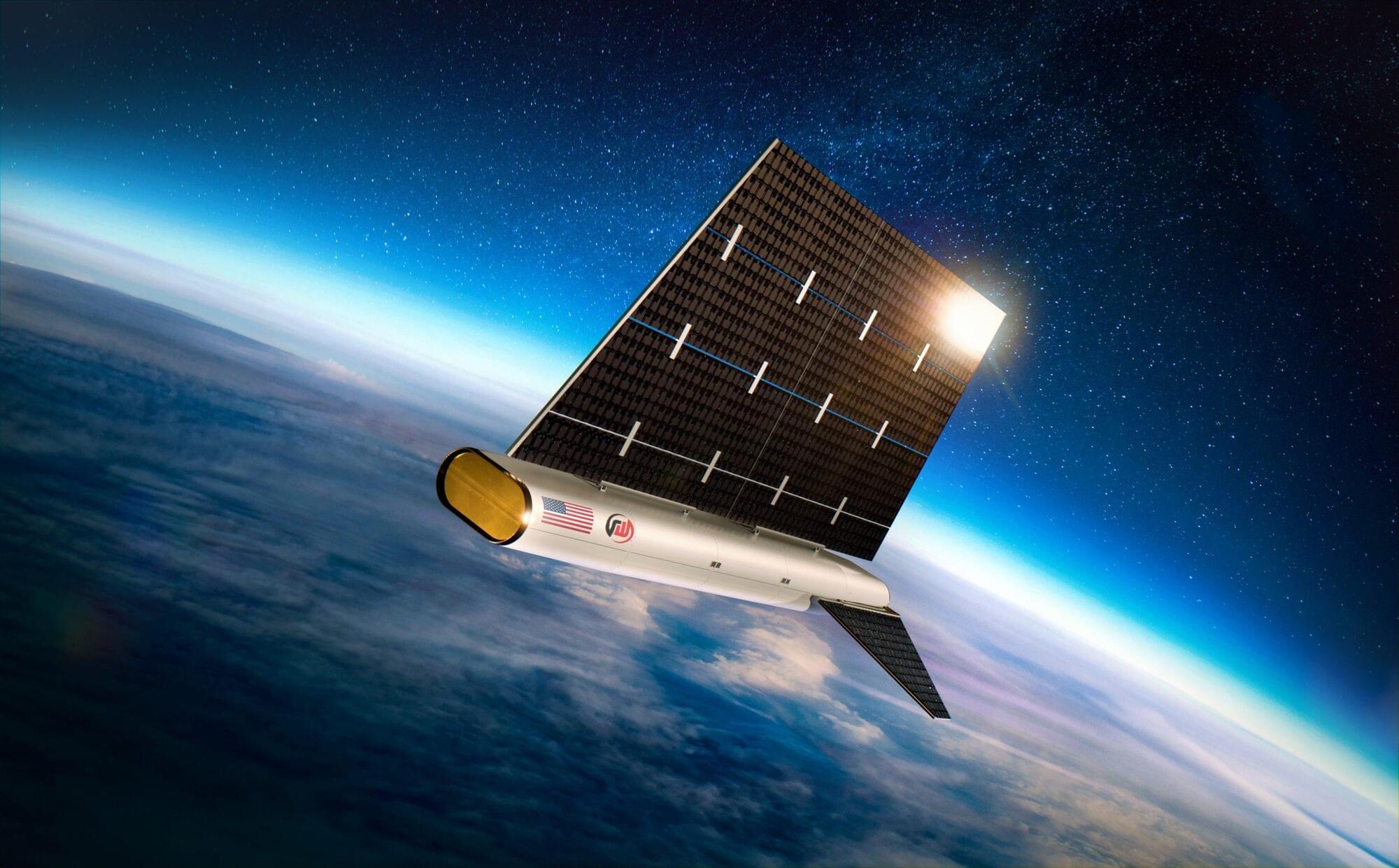What matters for consciousness is not what you do, but how you do it.


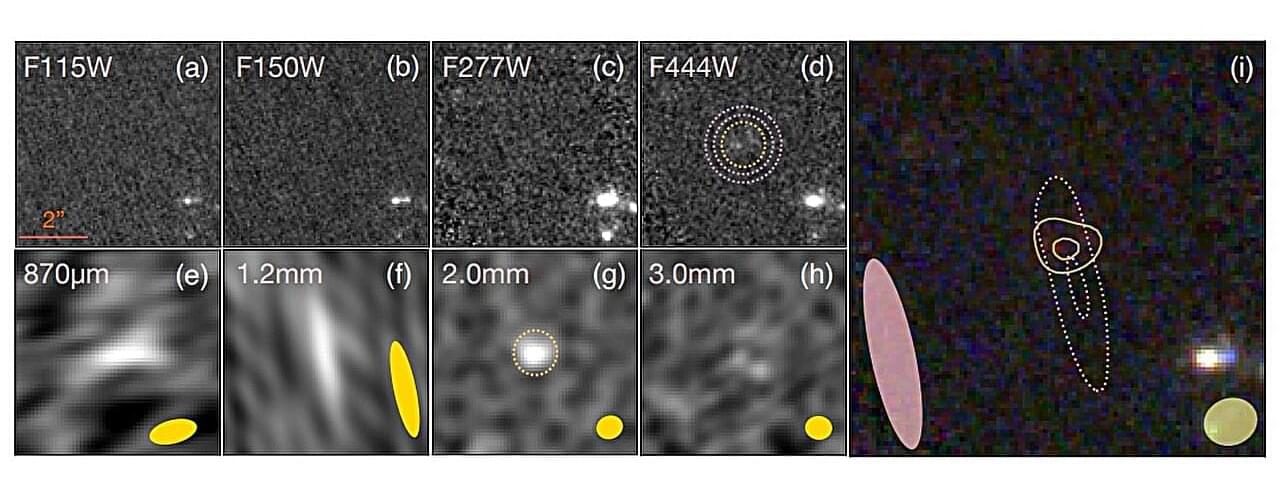
An international team of astronomers reports the discovery of a new dusty star-forming galaxy at high redshift. The newfound galaxy, designated AC-2168, was detected using the Atacama Large Millimeter/submillimeter Array (ALMA) and the Northern Extended Millimeter Array (NOEMA). The finding was detailed in a paper published Nov. 11 on the pre-print server arXiv.
The so-called dusty star-forming galaxies (DSFGs) are highly obscured galaxies undergoing a period of intense star formation, with star-formation rates reaching even 1,000 solar masses per year. They represent the most intense starbursts in the universe and are crucial to improving our understanding of galaxy formation and evolution.
However, although many DSFGs are known, their nuclear structure, which can be essential to better understand the evolution of these galaxies, is still not fully explored. Hence, finding new DSFGs and investigating them in detail could shed more light on this matter.
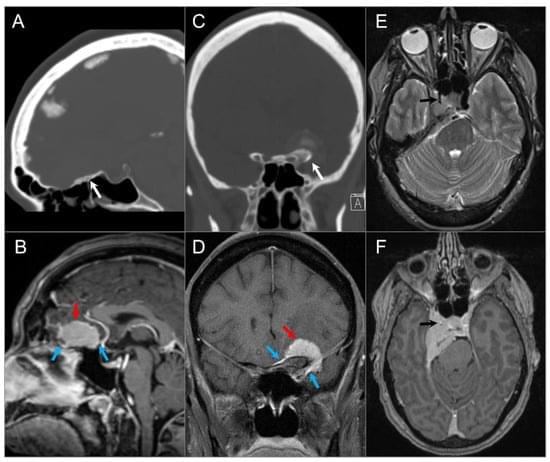
The skull base provides a platform for supporting the brain while serving as a conduit for major neurovascular structures. In addition to malignant lesions originating in the skull base, there are many benign entities and developmental variants that may simulate disease. Therefore, a basic understanding of the relevant embryology is essential. Lesions centered in the skull base can extend to the adjacent intracranial and extracranial compartments; conversely, the skull base can be secondarily involved by primary extracranial and intracranial disease. CT and MRI are the mainstay imaging methods and are complementary in the evaluation of skull base lesions. Advances in cross-sectional imaging have been crucial in the management of patients with skull base pathology, as this represents a complex anatomical area that is hidden from direct clinical exam.

A sweeping genomic effort in Taiwan has revealed something that global precision medicine has long overlooked, that the best way to predict disease is to study the people who will be living with its consequences. Researchers at Academia Sinica have now shown that building genetic risk tools tailored to Han Chinese populations can transform how common illnesses are forecast and understood.
In work published in Nature on October 15, 2025, scientists analyzed genomic and clinical data from more than half a million participants in the Taiwan Precision Medicine Initiative. By conducting the largest genome wide association analysis of Han Chinese individuals to date, they developed the first population specific polygenic risk score models for diseases ranging from type 2 diabetes to autoimmune disorders to heart disease, achieving markedly stronger accuracy than tools based on European data. “This project marks a milestone for precision medicine in East Asia,” said Dr. Cathy S. J. Fann, senior corresponding author at Academia Sinica. “By integrating large scale genomic and clinical data, we are building predictive models that truly reflect the real genetic architecture of our population.”

While atmospheric turbulence is a familiar culprit of rough flights, the chaotic movement of turbulent flows remains an unsolved problem in physics. To gain insight into the system, a team of researchers used explainable AI to pinpoint the most important regions in a turbulent flow, according to a Nature Communications study led by the University of Michigan and the Universitat Politècnica de València.
A clearer understanding of turbulence could improve forecasting, helping pilots navigate around turbulent areas to avoid passenger injuries or structural damage. It can also help engineers manipulate turbulence, dialing it up to help industrial mixing like water treatment or dialing it down to improve fuel efficiency in vehicles.
“For more than a century, turbulence research has struggled with equations too complex to solve, experiments too difficult to perform, and computers too weak to simulate reality. Artificial Intelligence has now given us a new tool to confront this challenge, leading to a breakthrough with profound practical implications,” said Sergio Hoyas, a professor of aerospace engineering at the Universitat Politècnica de València and co-author of the study.
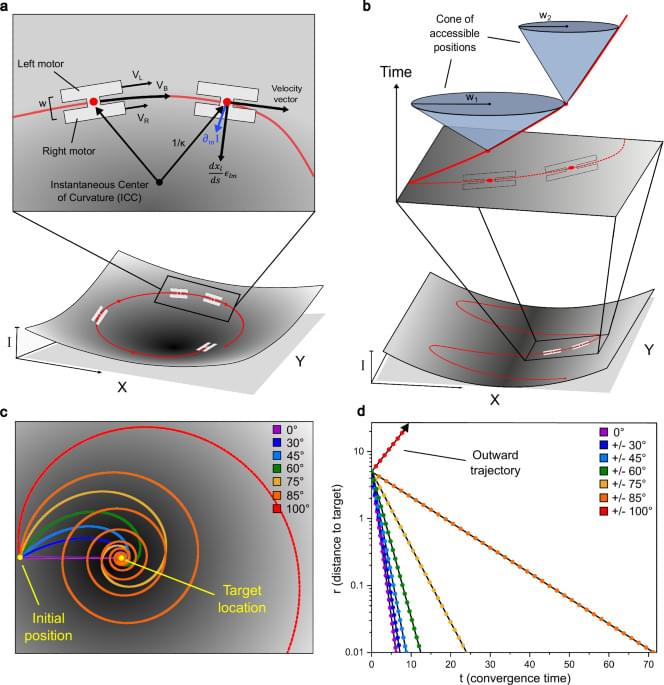
Not metaphorically—literally. The light intensity field becomes an artificial “gravity,” and the robot’s trajectory becomes a null geodesic, the same path light takes in warped spacetime.
By calculating the robot’s “energy” and “angular momentum” (just like planetary orbits), they mathematically prove: robots starting within 90 degrees of a target will converge exponentially, every time. No simulations or wishful thinking—it’s a theorem.
They use the Schwarz-Christoffel transformation (a tool from black hole physics) to “unfold” a maze onto a flat rectangle, program a simple path, then “fold” it back. The result: a single, static light pattern that both guides robots and acts as invisible walls they can’t cross.
npj Robot ics — Artificial spacetimes for reactive control of resource-limited robots. npj Robot 3, 39 (2025). https://doi.org/10.1038/s44182-025-00058-9

Scientists have developed a new molecule that breaks down beta-amyloid plaques by binding to excess copper in the brain. The treatment restored memory and reduced inflammation in rats, while also proving non-toxic and able to cross the blood–brain barrier. Because it’s far simpler and potentially cheaper than existing drugs, researchers are now pursuing partnerships to begin human trials.
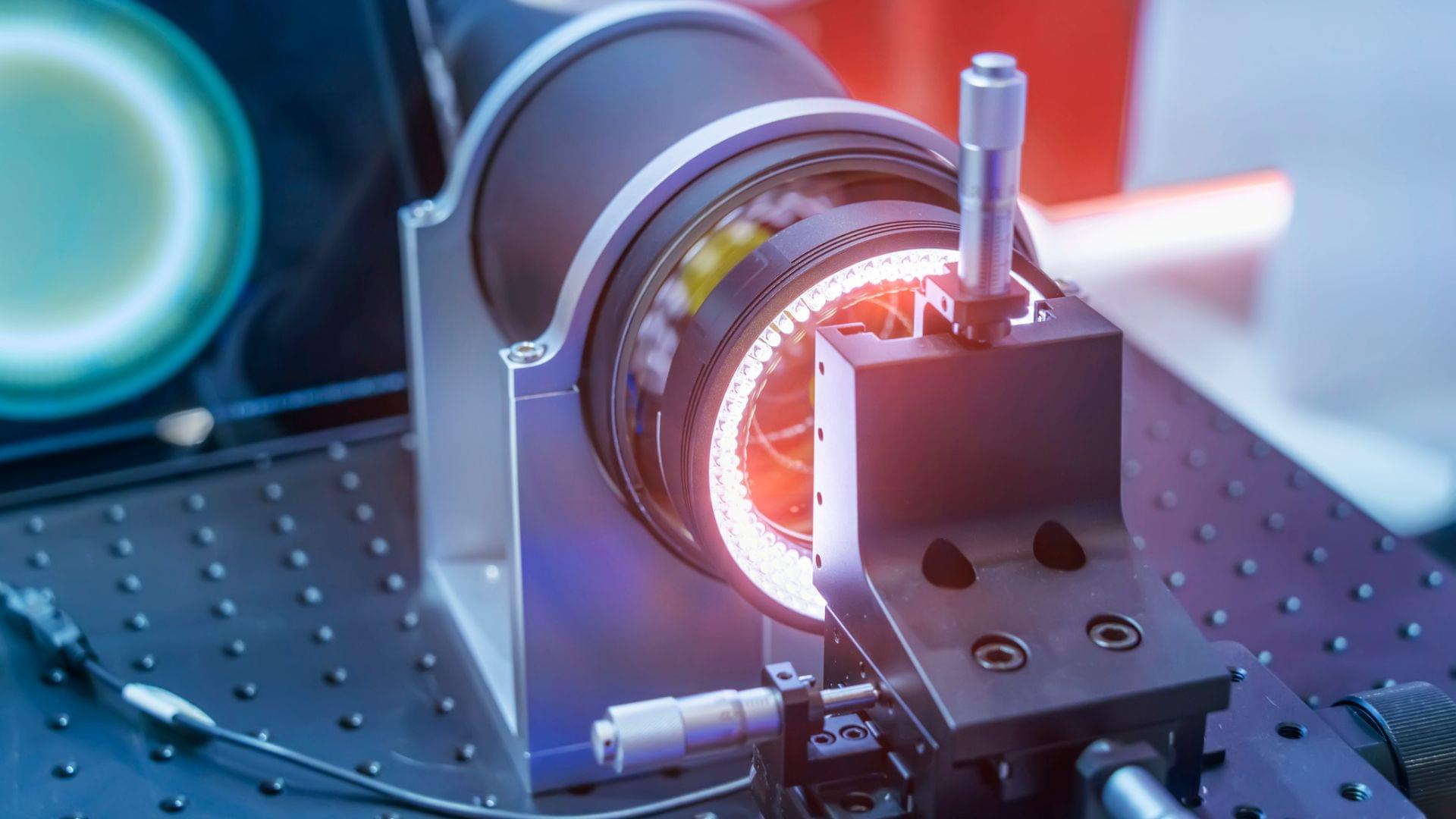
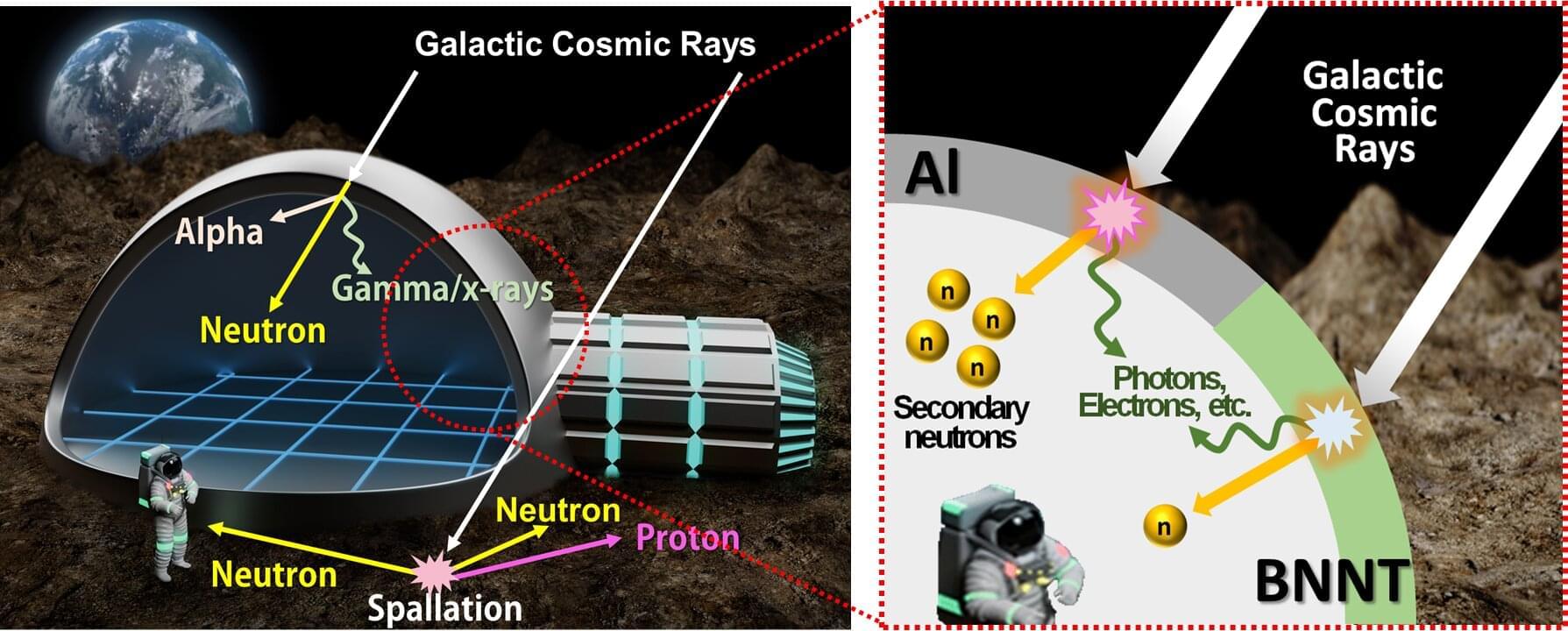
High-energy cosmic radiation damages cells and DNA, causing cancer, and secondary neutrons—generated especially from the planetary surfaces—can be up to 20 times more harmful than other radiations. Aluminum, the most widely used shielding material, has the drawback of generating additional secondary neutrons when below a certain thickness.
Consequently, boron nitride nanotubes (BNNTs), which are lightweight, strong, and possess excellent neutron shielding capabilities, are emerging as a promising alternative.
BNNTs are ultrafine tubular only about 5 nanometers in diameter—roughly 1/20,000 the thickness of a human hair—making them extremely light and strong, with excellent thermal neutron absorption capability. However, due to limitations in fabrication technology, they have so far only been produced into thin and brittle sheet, restricting their practical applications.
